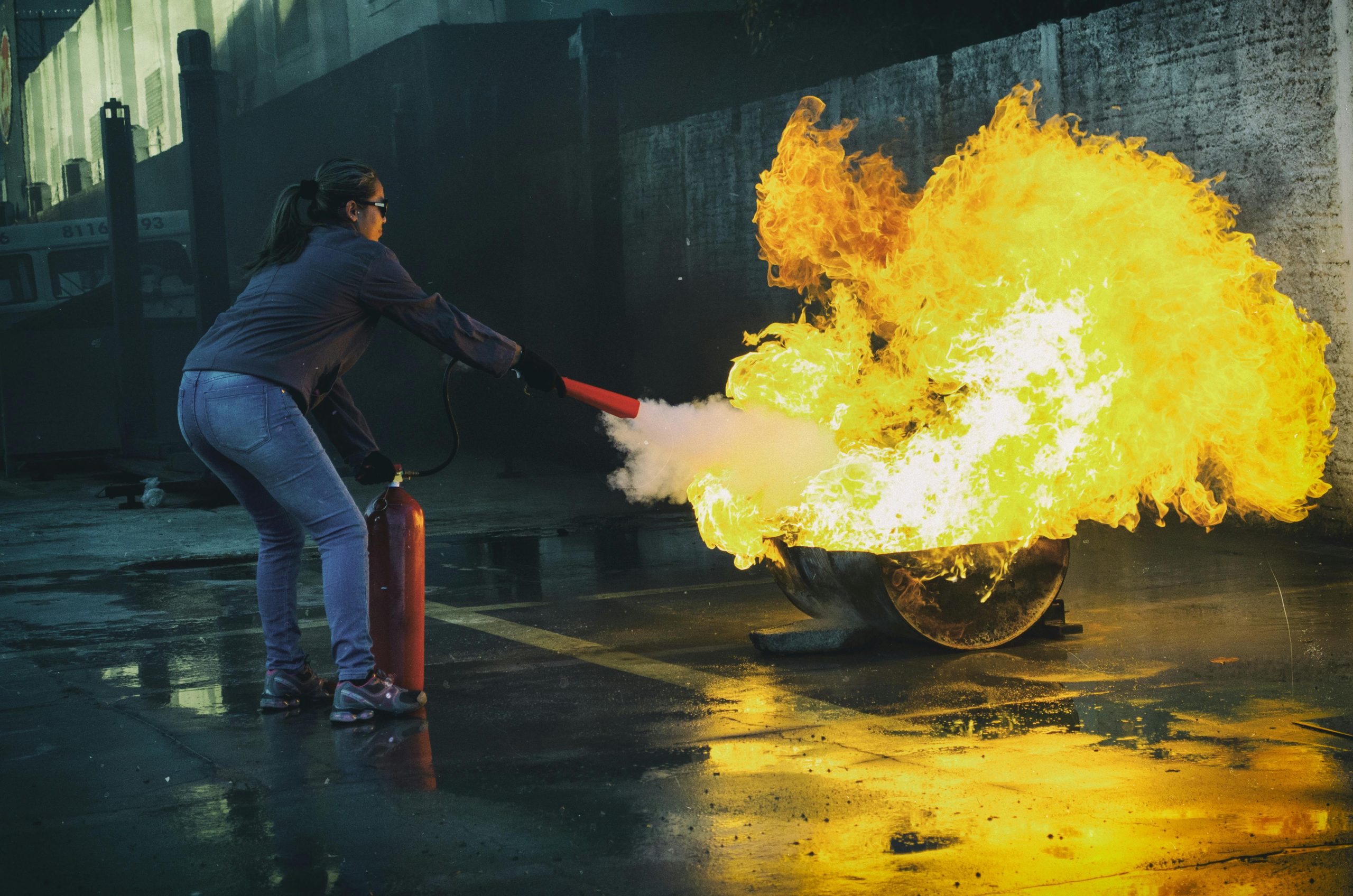
Updates to Fire Safety (England) Regulations 2022
The Government has updated its official guidance on fire doors to provide greater clarity regarding safety requirements under the Fire Safety (England) Regulations 2022.
The regulations, first published in January 2023, were revised in August 2025 in light of government concerns over a misunderstanding of their scope and intent, which had resulted in burdens on leaseholders.
They had been advised to replace flat entrance doors that were not manufactured and certificated in accordance with current standards for new fire-resisting doors.
The update makes clearer that if fire doors met the requirements of Building Regulations when they were fitted and are regularly checked and maintained, they don’t need to be automatically replaced. They must be changed if they are functionally deficient. There is also further clarification to the checklist relating to strips and seals.
The responsible person
The updated Fire Safety (England) Regulations 2022 - which implemented the majority of the recommendations made in the Grenfell Tower Inquiry Phase 1 report – has also clarified the role of the ‘responsible person’.
They must log full fire risk assessments and outline how fire safety is managed in their building. They need to keep residents informed and maintain accurate records of fire door inspections, ensuring faults are identified and fixed promptly.
The intention is to help the responsible person, including building owners and people with control of multi-occupied residential premises such as managing agents, to stay compliant.
Carrying out fire door checks
Fire doors are a vital part of a building’s fire safety strategy – ensuring they are correctly installed, well maintained and regularly checked is essential in preventing the spread of fire and protecting lives and property.
The 2022 fire safety regulations, updated in October 2023, provide advice on how to conduct fire door checks, such as ensuring that self-closing devices on flat entrance doors are working properly.
At Fire Consultancy Specialists, we have years of experience in ensuring the highest levels of fire door safety, working in several sectors and buildings that have multiple fire doors, such as schools, hospitals and low and high-rise residential properties.
Fire doors checklist
The updated checklist relating to a fire door’s strips and seals – critical to how a fire door performs in a fire – states that the purpose is to only ensure that if the door has these components, they are undamaged.
Intumescent strips are normally fitted around the edges of a fire door or its frame and expand to seal the gap in a fire, to prevent smoke from leaking around the door. The intumescent seal can also have fins or brushes installed to prevent the spread of cold smoke onto areas like escape routes or communal spaces, giving occupants vital time to escape.
The guidance says: “The door may be acceptable, on the basis of fire risk, even if intumescent strips and smoke seals are not present (because the door was manufactured in accordance with earlier standards).”
Our fire door inspection services:
We offer a complete range of fire door inspection and survey services, ensuring they comply with fire safety regulations. Our experience team can pinpoint any defaults that compromise their performance, checking the door is fitted properly to maintain the building’s fire compartmentation.
Our innovative digital software is used to inspect all the doors in a building, tagging them, taking photographs, providing an inspection certificate and all the relevant safety information on an online platform for clients to easily access.
Contact us today to find out how we can support your fire door inspection and survey requirements:
Phone: 0330 383 0327
Email: info@firecsgroup.co.uk
Recent Comments